Diamond Beach, Iceland
Like a bed of dense black gold punctuated by the most dazzling diamonds, Iceland’s Breiðamerkursandur or Diamond Beach is as surreal as it is hypnotic. But those glittering “diamonds” are actually large chunks of perfectly clear, glassy icebergs (sometimes tinged by a striking neon blue), sculpted and cleaned as they float to shore, having broken off from the Breiðamerkurjökull glacier. And the sand’s sultry, deep black tones are the result of intense volcanic activity around the Vatnajokull National Park area. The beach looks its best just before sunset when the contrast between the raven-like black of the sand and the sparkle of the ice is most prominent. But with so little sun in winter, it’s best to stay in the area for a night or two, as Diamond Beach is a five-hour drive from Reykjavíc,



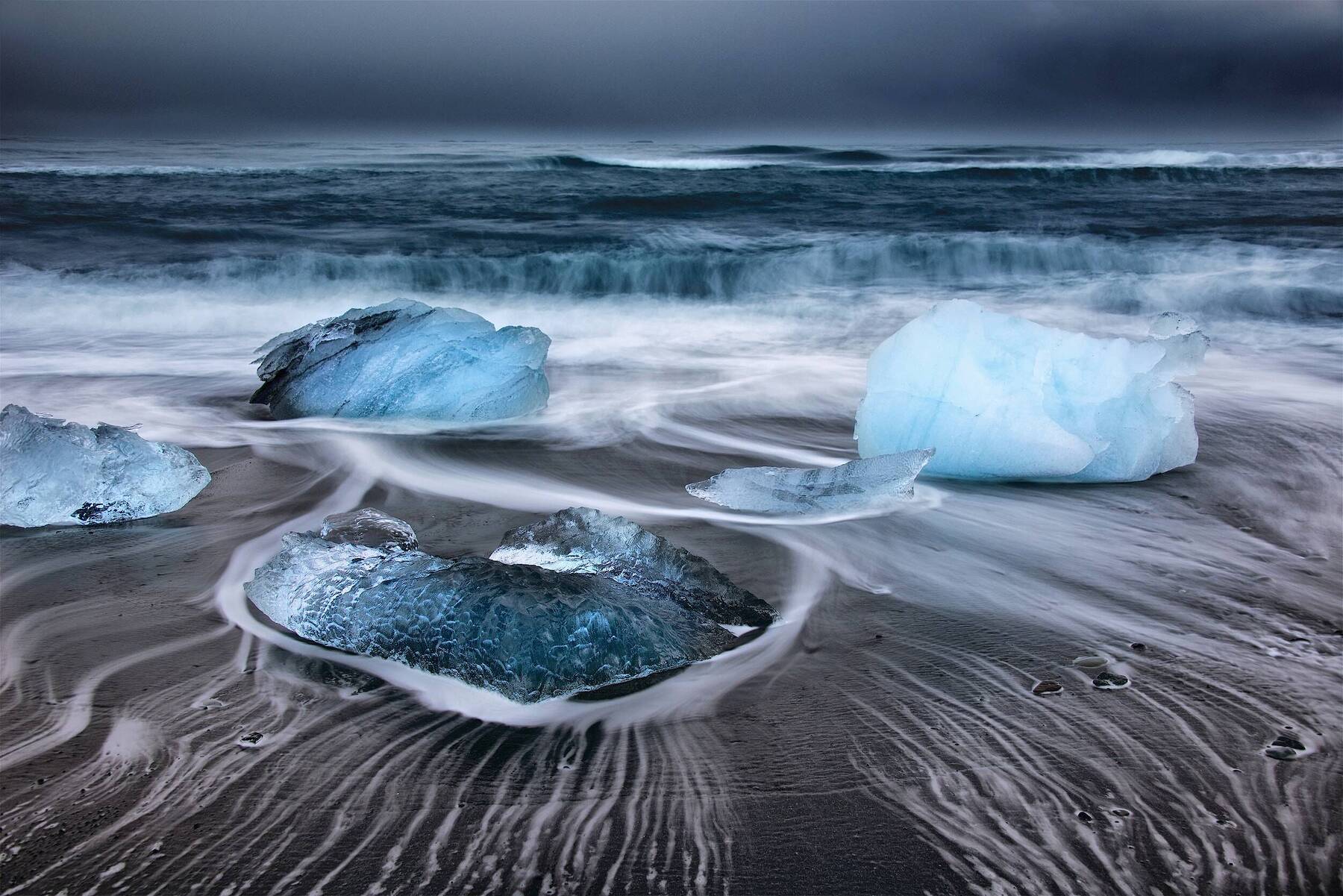

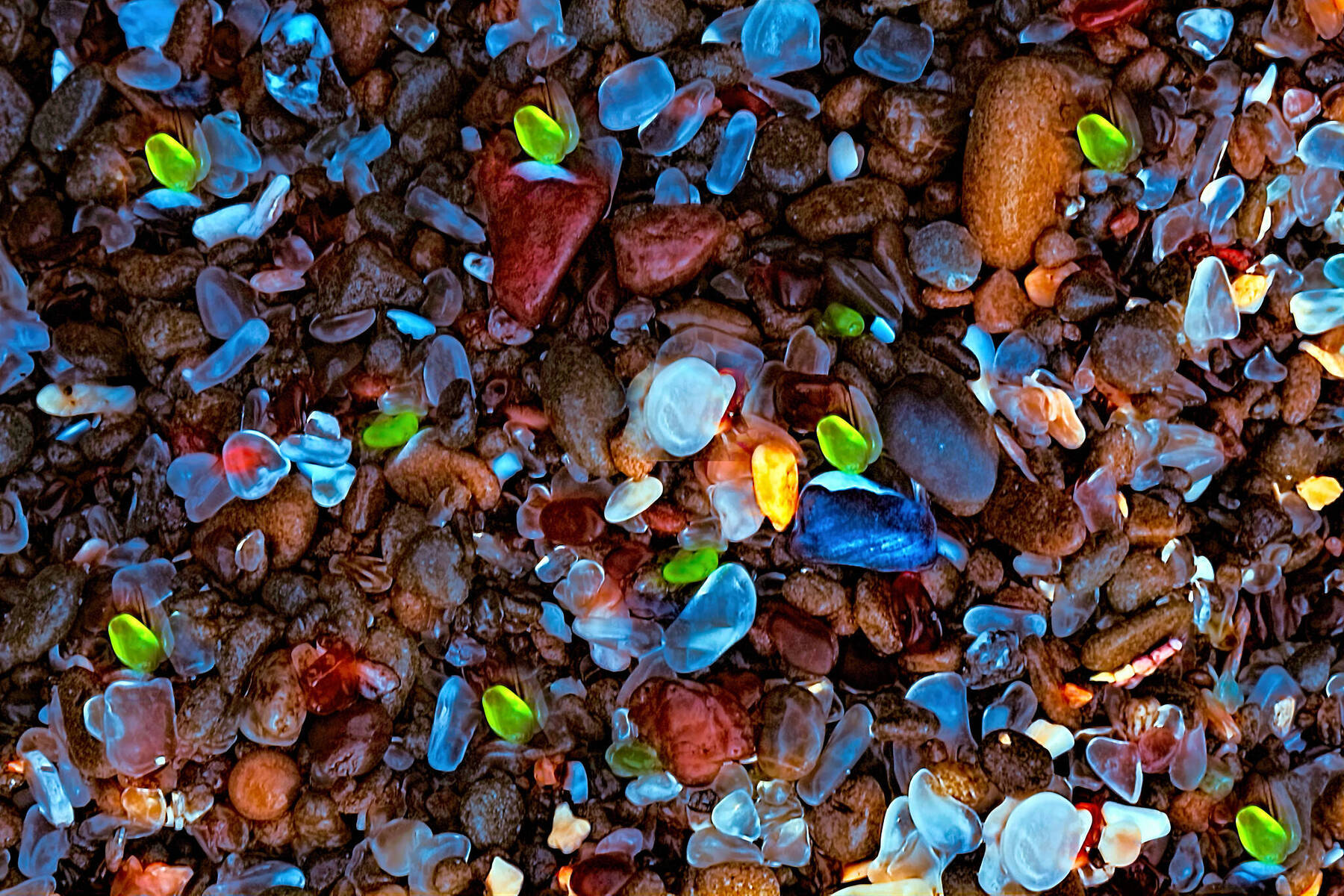
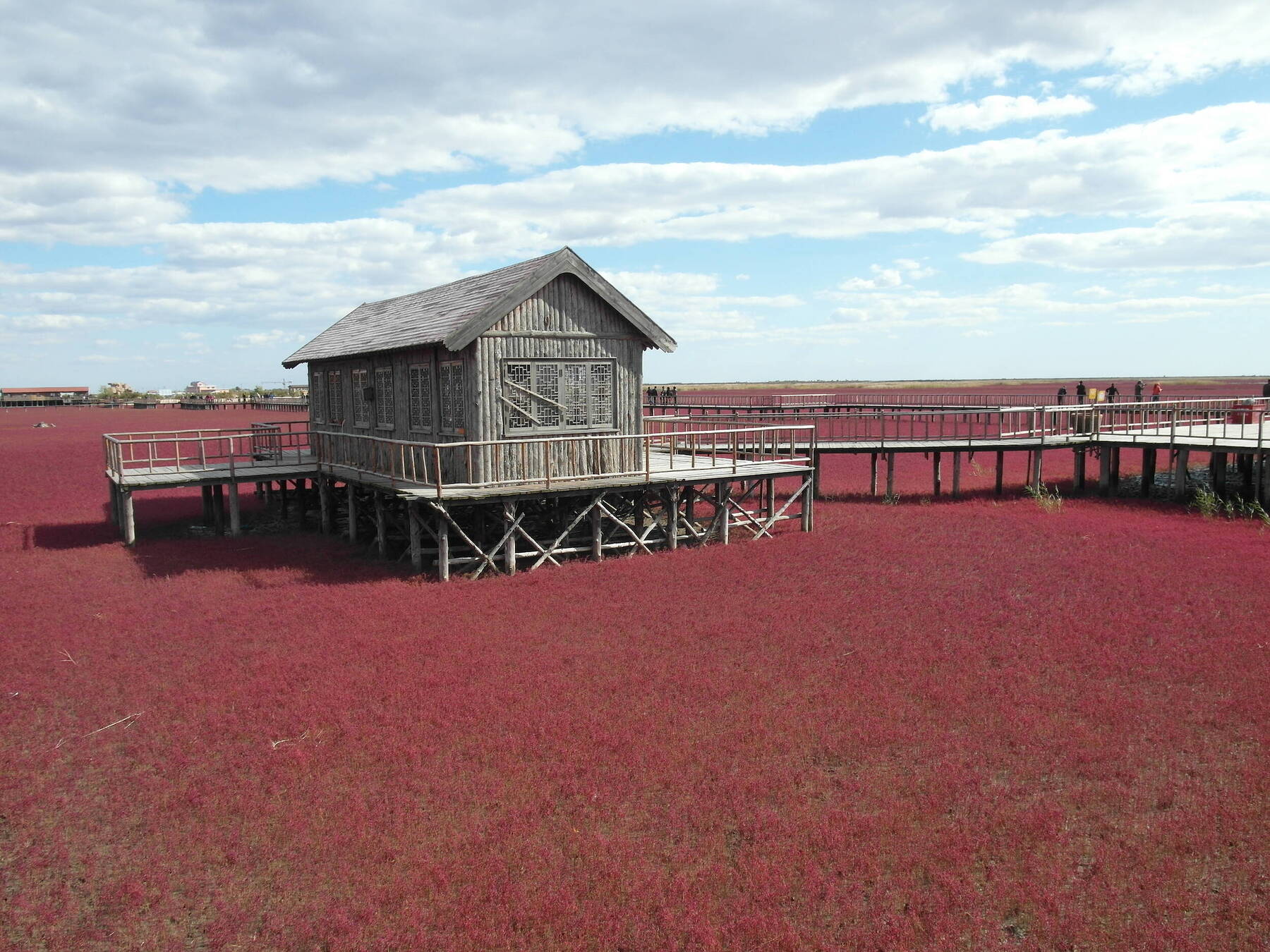

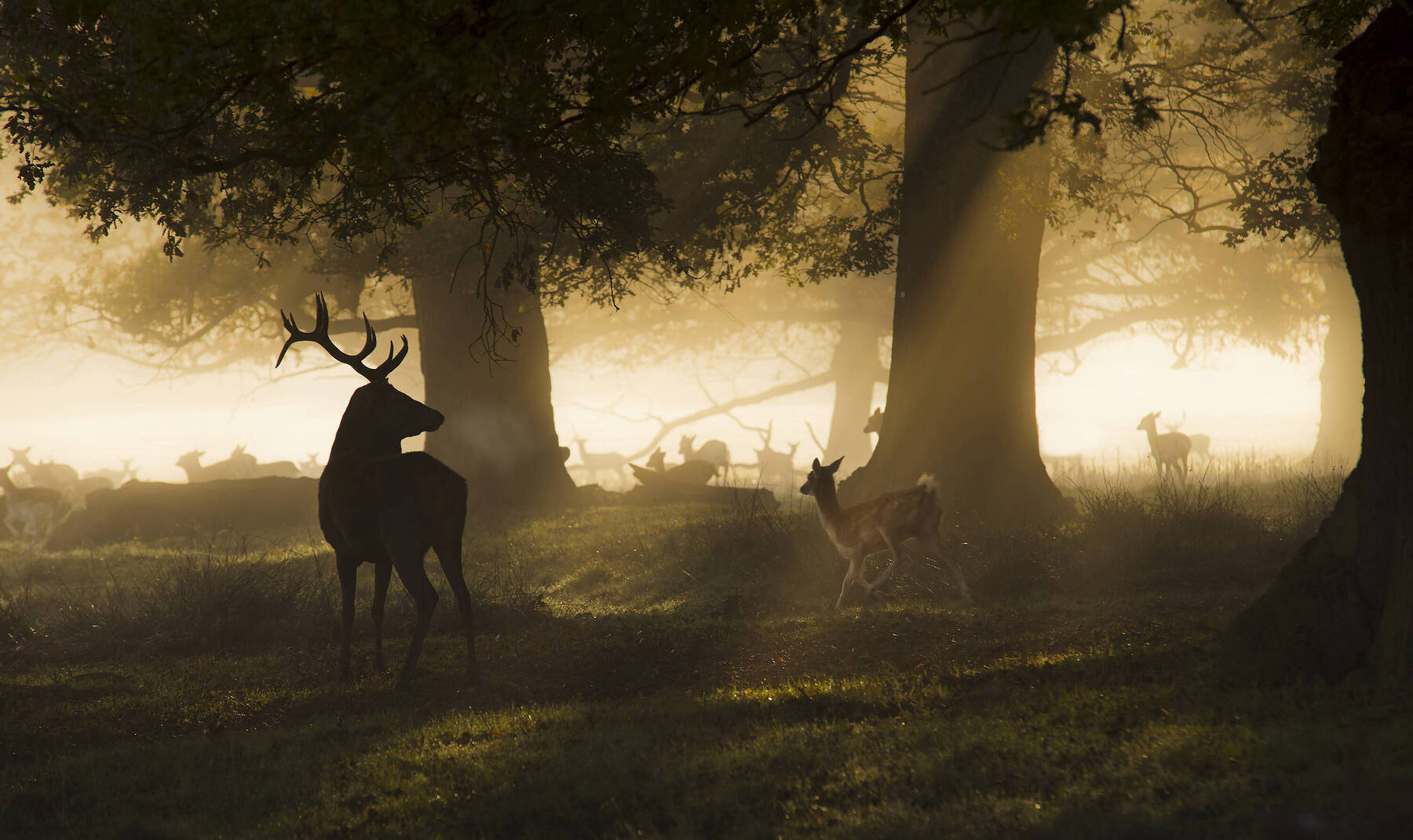
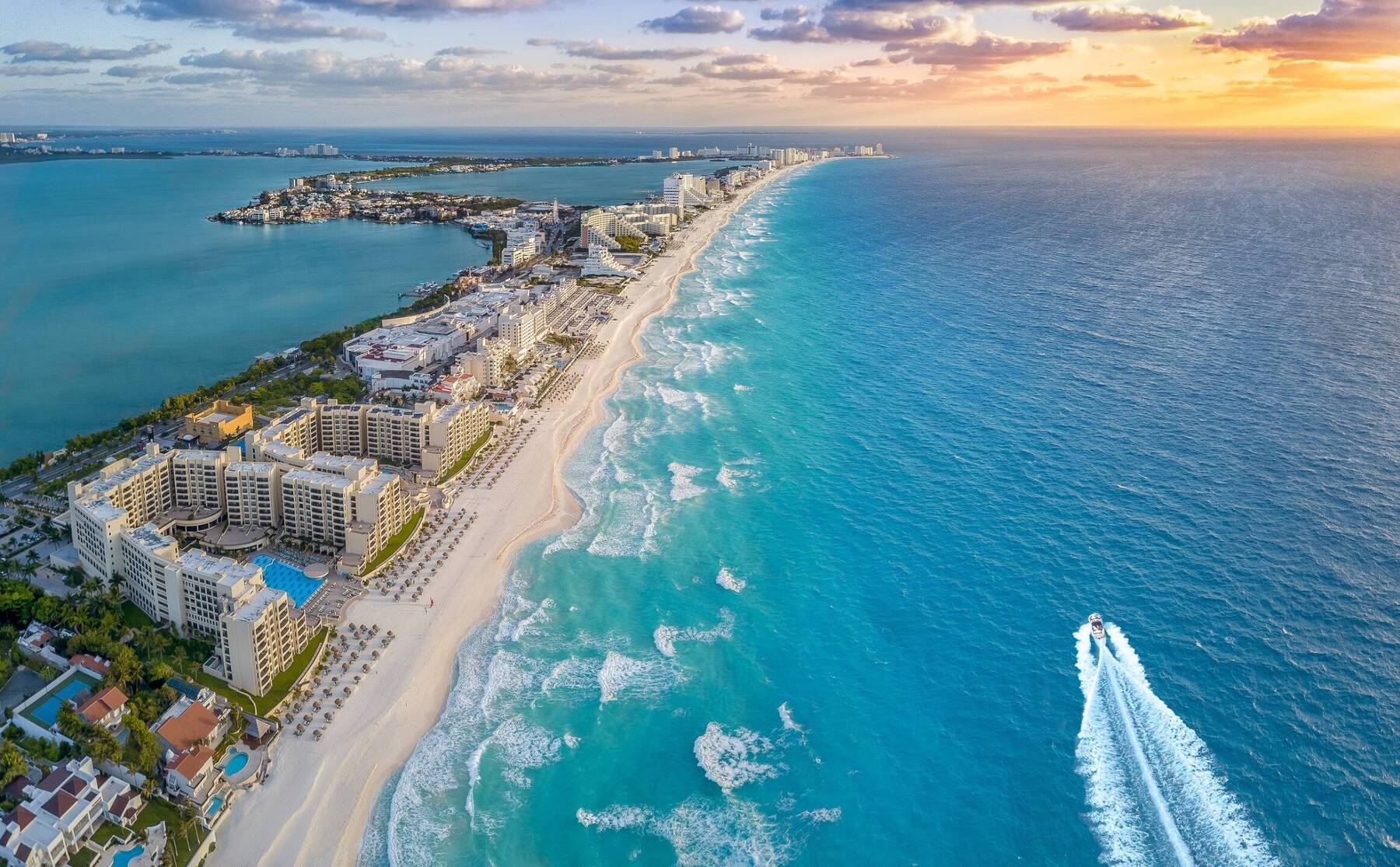




Comments